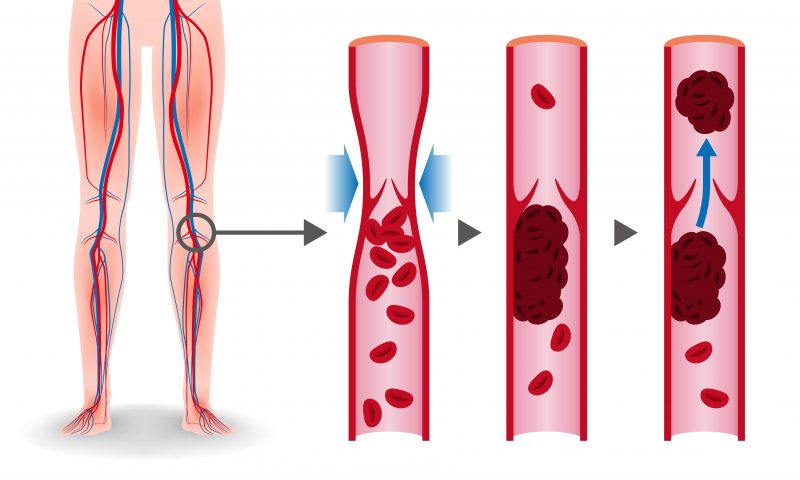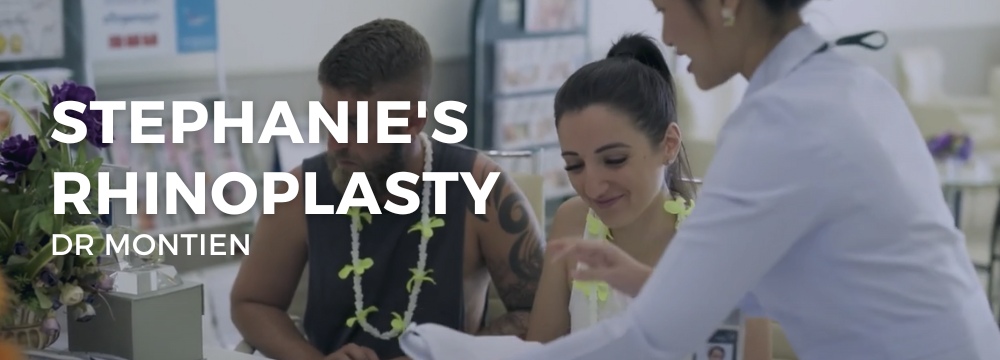Deep Vein Thrombosis, also known as DVT, is a blood clot that forms within the veins of the body. Blood clots occur when blood thickens and clumps together. Most deep vein blood clots occur in the lower leg or thigh. Although uncommon, they can also occur in other parts of the body as well.
A blood clot in a vein can also break off and travel through the bloodstream. When a blood clot travels to the lungs, blocking and preventing the flow of blood, the condition is called a Pulmonary Embolism (PE). PE is a very serious condition, it can damage the lungs and other organs in the body and may even cause death if left untreated.

Blood clots in the thigh are more likely to break off and cause PE than blood clots in the lower leg or other parts of the body. Blood clots can also form in veins closer to the skin’s surface. However, these clots do not commonly break off and cause PE and they are not in the central network or blood circulation. Only half of those who have DVT have signs or symptoms.
Symptoms of DVT
Please note in some cases there may be no symptoms of DVT, however, if symptoms do occur they can include:
- Pain, swelling and tenderness in one of the legs or arms, often described as a cramp
- A heavy ache in the affected area
- Warm to touch in the area of the clot
- Red skin, particularly at the back of the leg below the knee
- A client with a DVT may complain of unilateral leg pain and swelling
Steps To Take
- DVT usually, (although not always) affects one leg, the pain may be worse when you bend your foot upward towards your knee.
- Once a DVT is suspected, it is advised that clients travel straight to the hospital for further evaluation.
- If you feel there may be a possibility you have DVT (even the slightest) please contact CosMediTour as soon as possible.
Disclaimer: Please note any information provided should be used only as an information guide and not CosMediTour giving advice. Please ensure you do your own valid surgery research and seek advice from a general practitioner to enable you to be fully informed about surgery.










